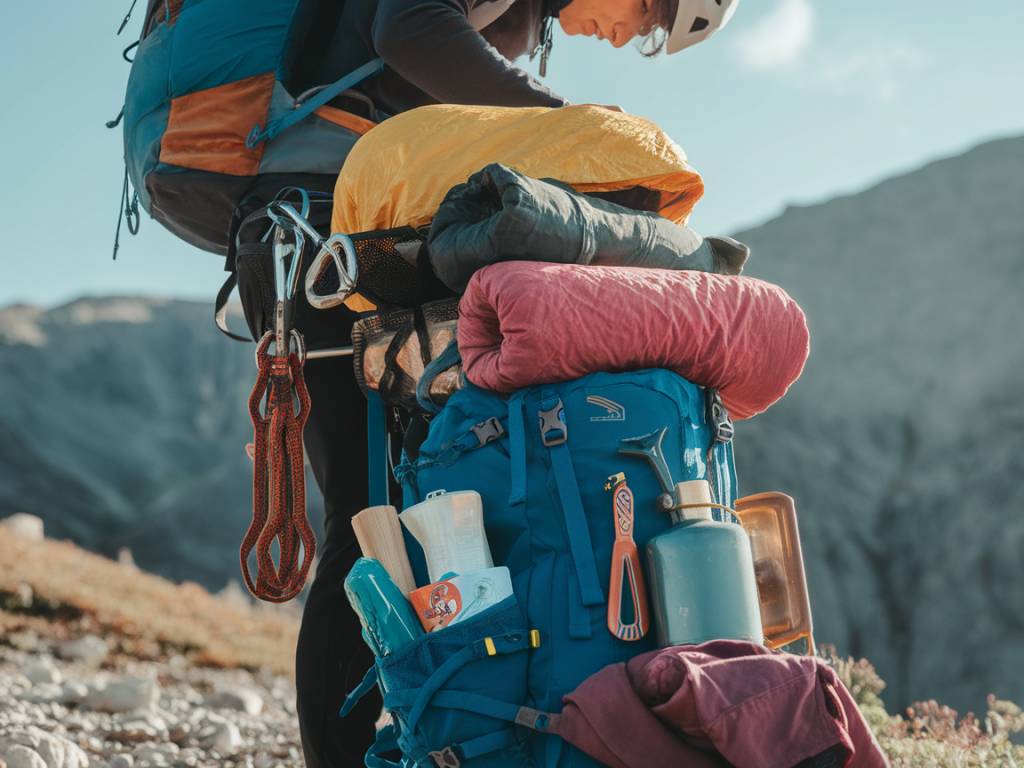
How to pack the ultimate adventure gear kit
Embarking on an adventure requires careful planning, and one of the most crucial aspects of that preparation is packing the right gear. Whether you’re planning a wilderness trek, a mountain climb, or a multi-day expedition, having the right equipment can significantly impact the success and enjoyment of your adventure. In this guide, I’ll walk you through how to pack the ultimate adventure gear kit, ensuring you’re adequately prepared for any challenge that comes your way.
Understanding Your Adventure
The first step to packing the ultimate adventure gear kit is understanding the specifics of your adventure. The type of activity, the duration, and the environment all play a critical role in determining what gear you will need. For instance, a backpacking trip through a forest will require different gear compared to a high-altitude mountain climb.
Ask yourself the following questions:
Answering these questions will help you create a more tailored and effective packing list.
Essential Gear for Every Adventure
While specific gear needs may vary, there are some essential items that are crucial for any adventure. These items form the foundation of your adventure gear kit and ensure you are prepared for a wide range of scenarios.
Backpack
A quality backpack is the cornerstone of any adventure gear kit. It’s important to choose one that fits well and suits the type of adventure you’re on. Look for a backpack with adjustable straps, multiple compartments, and a sturdy frame. For longer trips, backpacks with a capacity of 60 liters or more are ideal.
Clothing
Layering is the key to managing different weather conditions. Your clothing should include:
Choose clothing that is lightweight, quick-drying, and durable.
Shelter and Sleeping Gear
Staying protected from the elements is crucial. Consider these essentials:
Navigation Tools
Getting lost can turn an otherwise adventurous trip into a dangerous one. Always pack:
Hydration and Nutrition
Staying hydrated and well-fed boosts your energy levels and keeps you focused.
First Aid and Emergency Gear
Accidents and emergencies can happen, so it’s crucial to be prepared:
Personal Items and Miscellaneous Gear
Some additional items can enhance your comfort and experience:
Packing Tips and Techniques
Once you have all your gear, knowing how to pack it efficiently is equally important. Here are some tips:
Pre-Trip Preparation
Finally, before you set out on your adventure, make sure to conduct a thorough gear check:
Packing the ultimate adventure gear kit requires thoughtful planning and preparation, but doing so ensures a safer and more enjoyable experience. With the right gear, you can confidently tackle any challenge that comes your way, making memories that will last a lifetime. So, gather your gear, plan meticulously, and embark on your next adventure with confidence!

 Traversées polaires : comment préparer une aventure en Arctique ou en Antarctique
Traversées polaires : comment préparer une aventure en Arctique ou en Antarctique 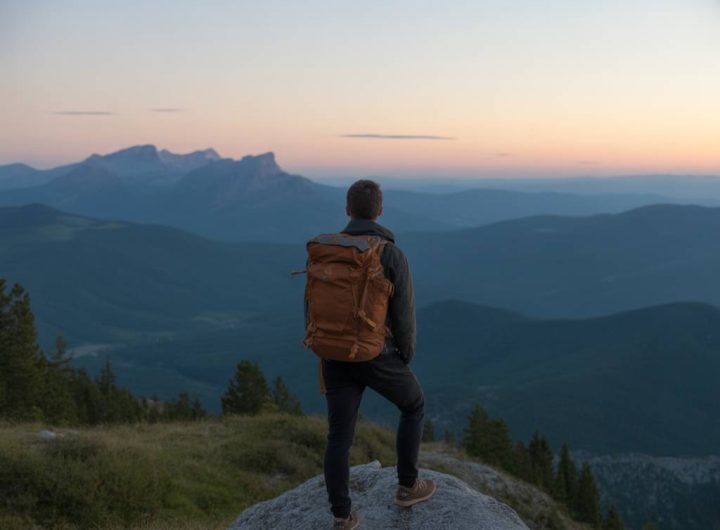 Microaventures près de chez vous : comment vivre l’aventure sans quitter votre région
Microaventures près de chez vous : comment vivre l’aventure sans quitter votre région 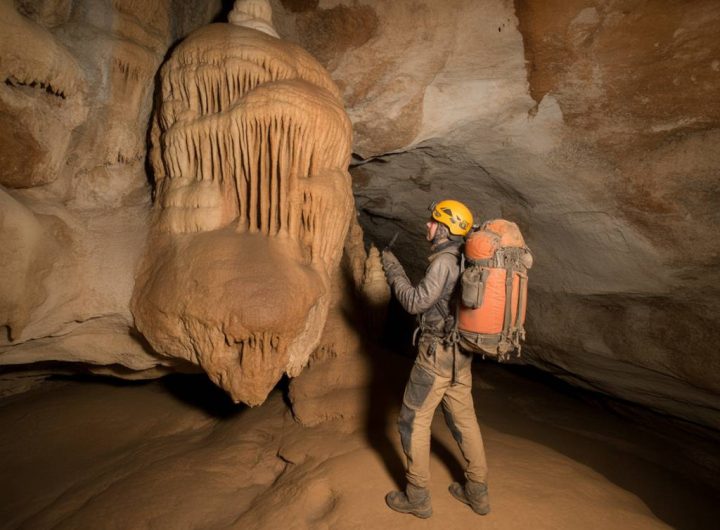 Caving Adventures: Exploring the World’s Most Fascinating Underground Destinations
Caving Adventures: Exploring the World’s Most Fascinating Underground Destinations 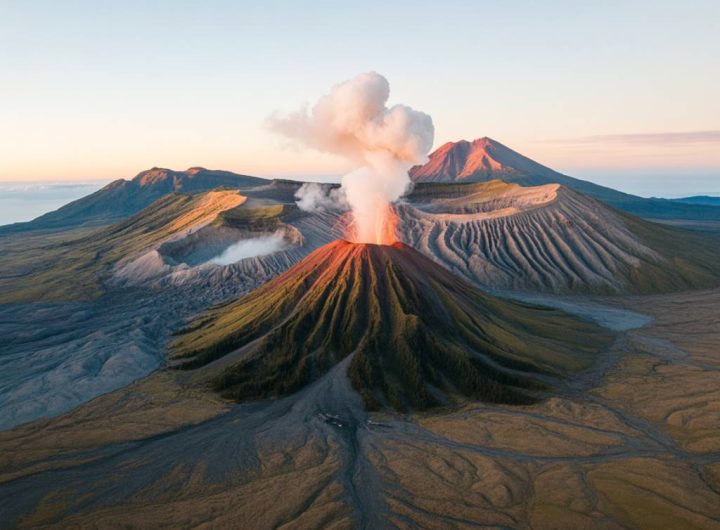 Exploring Volcanic Landscapes: Top Adventure Destinations Around Active Volcanoes
Exploring Volcanic Landscapes: Top Adventure Destinations Around Active Volcanoes 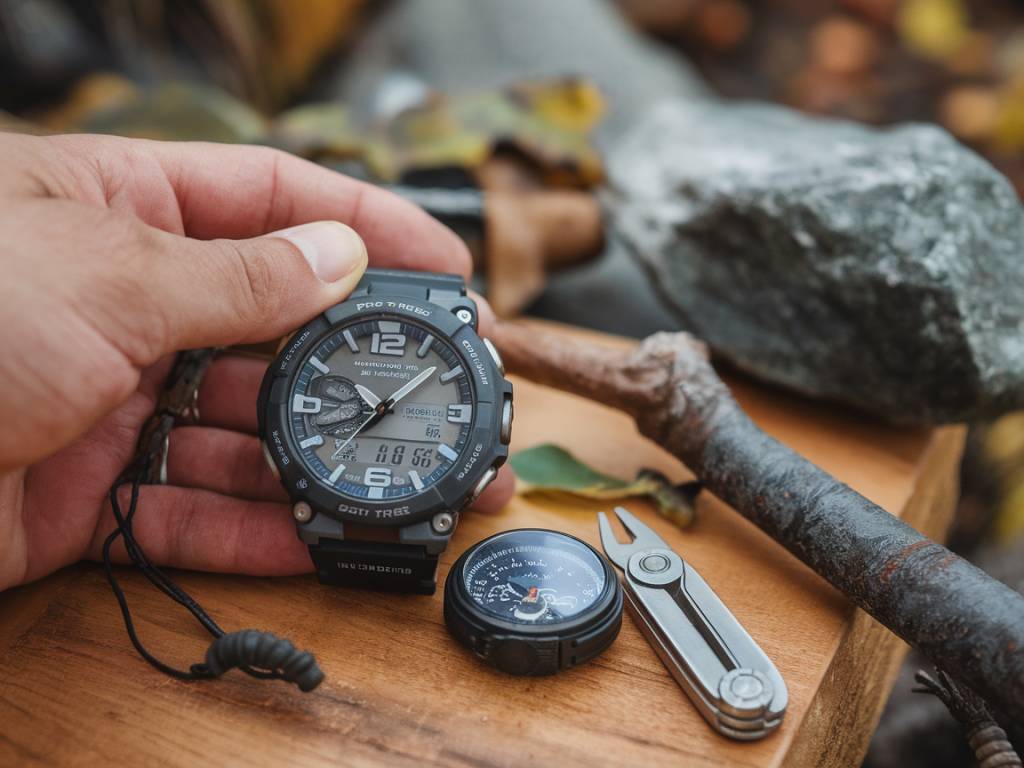 Top 5 adventure watches with gps and survival features
Top 5 adventure watches with gps and survival features 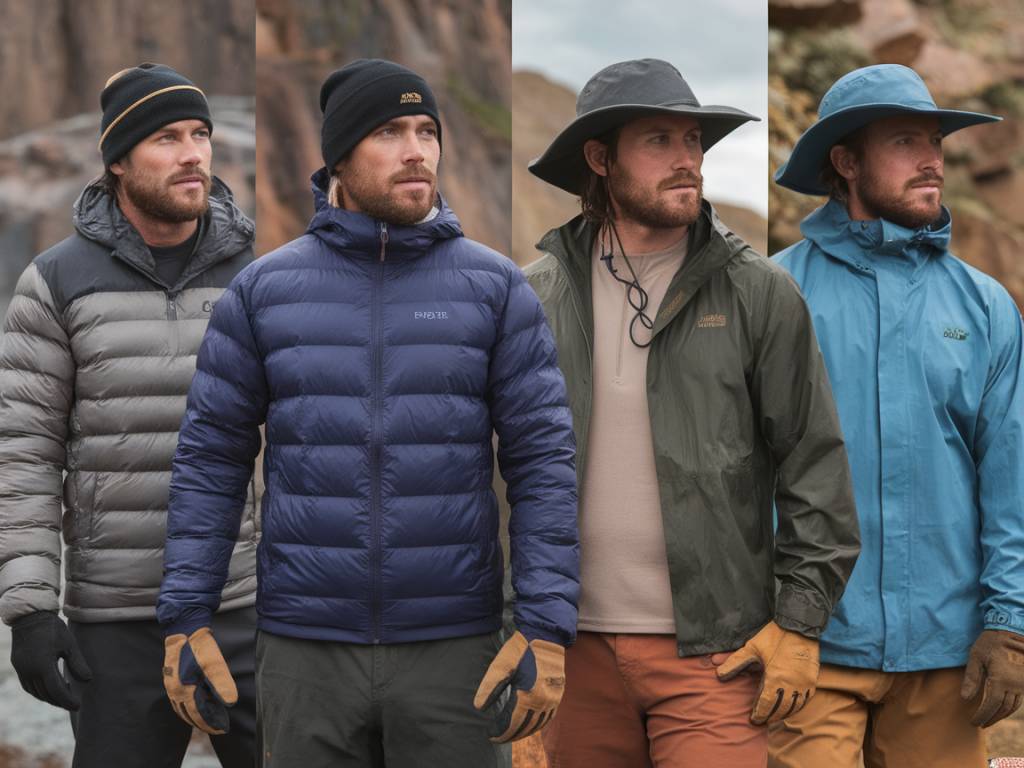 How to choose the right adventure clothing for every climate
How to choose the right adventure clothing for every climate